Hi, good day. This is Doctor Nana K., today I'm here to share with you a very important topic. It's something that I get asked a lot about in my DMs, and it's about people who want to know when they will ovulate so that they'll be able to calculate their fertile or fertile window, Or they can also prevent themselves from getting pregnant.
All right. The first thing that you need to know to be able to calculate your fertility is your cycle length. Now, your cycle length is the number of days from the start of one period to the start of the next. I'll say it again, it's the number of days between the start of one period (that's when you first see blood) till the next time you have your period (that's when you see blood again).
So if you've been noting down your cycles, you can look at the previous dates and then use that one to calculate your cycle length. If you haven't, then when you get your current period, you can note down the dates and then when you get your next period, note down the dates for you to be able to know your cycle length.
So let's take this example. Let's say your period started today on the 5th of August and your last period perhaps started on the 7th of July. So you can now start calculating back and counting the number of days, and you may end up with, let's say about 27 days. All right, so 27 days would be your cycle length.
Now when you have this value down, now you'll be able to calculate when your fertile is. So the important factor we use to calculate is the 14th. That is 1/4. So if your cycle length, for example, is 27 days, we're going to calculate by subtracting 14 from your cycle length, which is, for example, 27, and that will give you your ovulation day, which is day 13 of your cycle, with day one being the first day you notice blood coming.
All right, so now your fertile window is calculated as five days before your ovulation and then including the day of ovulation and a day or two after. OK,
So let's say 5 days before you ovulate you are fertile, on the day of ovulation you assume to be fertile. A day or 2 after the ovulation , then you can also say , you are fertile. So if we are looking at it, we are looking from day 9th to about day 16th , so let's say the most would be the fertile days of your cycle. All right, so the important thing is knowing your length and then subtracting 14 from it.
Now people incorrectly say that you ovulate on the 14th day of your cycle. Now that's simply not true. You actually will ovulate 14 days before the start of your next menses. So, for example, if your cycle length is 31 days, you're going to end up ovulating on day 17. If your cycle is 35 days, you end up ovulating on day 21. So it's not the same for everybody. So the important thing is to know your cycle length. Then you'll be able to calculate it well.
So if you know your cycle length, you subtract 14 from it to get your fertile day. That's the day will be late, and from then you are looking for five days before that day to two days after. That is your danger. If you don't want to get pregnant, or if you're looking to get pregnant, that's the time you should have the most sex for you to have the baby that you desire. All right. So I hope everybody has really got that one there because a lot of times people mess it up and then they're trying to get pregnant and then the days just simply don't seem to be working for them.
So if you have a regular 28-day cycle, it's easy. You know that your ovulation is on the 14th day of your cycle, all right. But if you don't have a 28-day cycle, which most people don't, you need to calculate your cycle length. Subtract 14 from it. When you subtract 14 from it, you will get your day of ovulation now looking five days before that day of ovulation to two days after. That is when you can expect to have your fertile or your danger zone when you can get pregnant.



